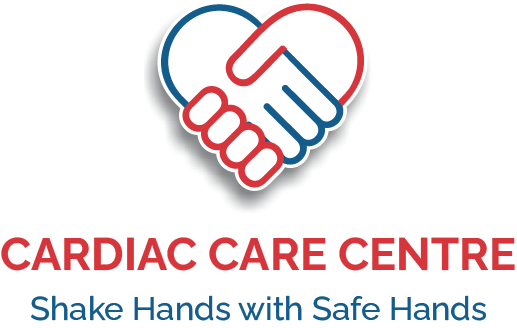Congestive heart failure, or simply heart failure, is a serious diagnosis, but it does not mean that the heart has stopped working. Heart failure occurs when the heart is unable to pump enough blood throughout the body. This will cause congestion in the body’s tissues, which will ultimately lead to swelling in the ankles, legs or stomach. Fluid can also be built up in the lungs that can cause trouble breathing.
Other conditions like heart attack, coronary heart disease, congenital heart disease, faulty heart valves, high blood pressure, and inflammation or damage to the heart muscle can all weaken the heart. Heart failure is a progressive disease that gets worse over time, especially if it not appropriately treated. Hence, it is paramount that the condition should be managed with medication and lifestyle change to prevent it from worsening.
Life expectancy with heat failure varies depending on the severity of the condition, genetics, age, and other factors. About 50 percent of all patients diagnosed with heart failure can survive for 10 years and beyond, according to the Centers for Disease Control and Prevention (CDC).
Heart failure has 4 stages based on the severity of symptoms. Patients with heart failure should understand the different stages of the disease and know what to do after diagnosis. This will also help clarify the life expectancy rates and explain why patients in different stages can vary so much.
The first stage of heart failure is called pre-heart failure. This is the period when one is more likely to develop heart failure. People with pre-heart failure may have disorders like high blood pressure, diabetes, coronary artery disease, metabolic syndrome that affect the heart, or doctors may have noticed a weakness in their heart that has not yet caused any symptoms. Meanwhile, people who have a history of cardiotoxic drug therapy, alcohol abuse, rheumatic fever or have family members with cardiomyopathy also have a higher chance of getting heart failure. Treatment may include changing the diet, watching salt intake, reducing alcohol, increasing exercise, and possibly taking blood pressure medicines or other medication.
People in stage 2 heart failure often have existing heart complications but lack definitive symptoms of heart failure. It means they already have some changes to the heart that could possibly lead to heart failure. For example, the heart health might also be compromised because of high blood pressure. Doctors may recommend that these people reduce their workload and make lifestyle changes. Some patients in this stage typically may have had a prior heart attack or have some form of heart valve disease. Treatments could include those from stage A, as well as possible surgery or intervention as treatment for coronary artery blockage, heart attack, or valve disease.
When progressing into stage 3, patients may experience symptoms regularly and may not be able to do their regular tasks, especially if they have other health conditions. Individuals at this stage have been diagnosed with heart failure, and currently have or have previously had signs and symptoms of the condition, including shortness of breath, inability to exercise, swelling of their legs, or waking up short of breath after lying down. Patients at this stage need good regimens of medication. Cardiac rehabilitation can also help recover everyday functions and help them have longer lives and reduce symptoms.
Stage 4 is the advanced stage of heart failure, and patients at this stage may have severe or debilitating symptoms throughout the day, even while at rest. Patients at this stage often requires extensive medical and surgical treatment to manage. Doctors may need to talk to them about a heart transplant, mechanical heart pump, or end-of-life care if there is nothing else to offer.
Remember this, it is important that individuals diagnosed with any stage of heart failure to seek out a specialist who may present them appropriate treatment options. Patients should bring a list of questions to the appointment, as well as a list of their medications, and a supportive family member. Often a family member may have noticed symptoms of fatigue or shortness of breath that the patient forgot about.
